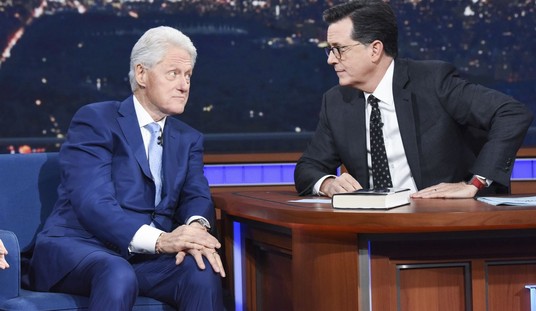The state of Hawaii has shut down its Obamacare insurance exchange, citing the inability of the site “to generate sufficient revenues to sustain operations,” Gov. David Ige’s office said in a statement.
Hawaii is the latest state to see it’s Obamacare exchange bite the dust. Oregon, Massachusetts, Maryland, Vermont, New Mexico and Nevada have also been forced to pull the plug on their exchanges for a variety of reasons.
“The state is working with the Connector and CMS to determine what functions can be transitioned to state oversight to ensure compliance with the Affordable Care Act (ACA) by the next Open Enrollment in November 2015,” Ige said.
Ige said that Hawaii will maintain a Supported State-based Marketplace in which the state would provide local customer support.
Grant funds had been restricted in March after the exchange told officials it was not in compliance with the Affordable Care Act, commonly known as ObamaCare, due to fiscal instability and tech issues.
The shutdown comes after federal taxpayers dropped more than $200 million into the exchange, which critics called a waste of taxpayer money.
“The $200 million was a complete waste of tax dollars that could have been used for much more productive efforts,” Reg Baker, a well-known CPA in Hawaii who for many years was the chief financial officer for the health insurance plan, HMAA, told FoxNews.com last month.
While many of the state’s Democrats praised the ObamaCare exchange when it launched in October 2013, it was riddled with trouble from the start. The web portal never worked properly despite the state spending $74 million on a contract with CGI to build and maintain it.
The exchange experienced tremendous staff turnover, with three executive directors appointed in two years. Enrollment reached just over 8,500 in the first year, and as a result, Hawaii was ranked the most costly exchange in the nation at more than $23,899 per person.
Enrollment never reached the 300,000 number then-Gov. Neil Abercrombie, a Democrat, enthusiastically predicted at the opening press conference launching the Connector. The enrollment number also never hit 70,000, the minimum needed to stay financially solvent. At its peak, enrollment reached 37,000, a fraction of the state’s 1.4 million people. Hawaii’s uninsured population, at 8 percent when the exchange opened, dropped just 2 percent.
The common thread that runs through all of these closings is that the website simply didn’t work as it was supposed to. In a nation full of extraordinarily talented IT people, these state governments couldn’t find anybody to make their websites functional?
Maybe they couldn’t. Maybe the federal government’s parameters for designing these websites was flawed. Given the problems with Healthcare.gov, this shouldn’t be surprising.
Minnesota’s MNsure and Connect for Health Colorado are also in big trouble and lawmakers in those states appear to be doubling down on funding them. But given the history of these exchanges, that really isn’t very wise. If the exchange is not breaking even by this time, when will it?
The decline in revenue from state exchanges was inevitable. There are only so many uninsured people and so many consumers who would use the state exchanges to get it. With the limited universe of potential customers, a reduction in revenue should have been expected. Instead, like Hawaii who only reached 10% of its enrollment goal, exaggerated expectations were the norm.










Join the conversation as a VIP Member